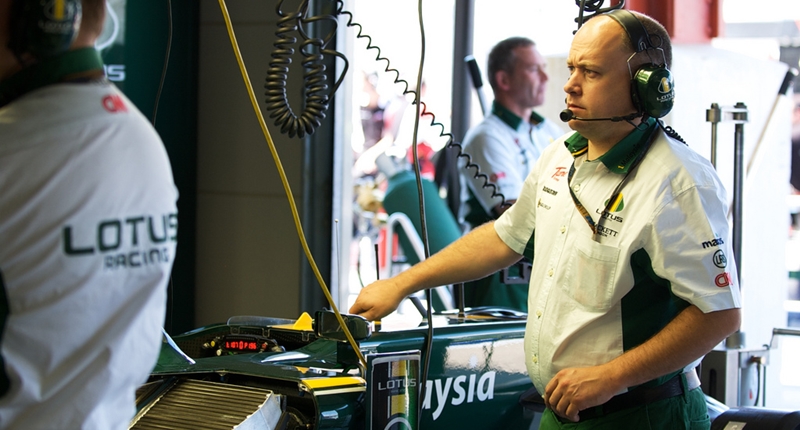If you found yourself yawning through much of the 2013 F1 season, not to worry because the 2014 season brings with it a flurry of rule changes and none bigger than the change from 2.4 litre V8 engines to smaller 1.6 litre turbocharged V6s. Yup, you read that correctly, turbocharged. Now some of you readers who are, ahem… getting on a bit will remember the last time we had turbocharged engines in F1 was in the eighties.
Who can forget Renaultâ€
No ad to show here.
Donâ€
Next up is that sometimes unreliable, sometimes shocking system called KERS (Kinetic Energy Recovery System) which when working gave drivers an extra 60kW for a maximum of six seconds per lap. Not the most efficient technology considering the massive amounts of kinetic energy wasted by a Formula 1 car under braking. So in 2014 theyâ€
Thatâ€
So what does all this mean for the man on the street? Well, hopefully more of a spectacle and less of a snore fest. A move to smaller capacity turbocharged engines follows a similar theme in the motor industry, you may have noticed your favourite V8 or V10/12 powered mid-life-crisis-mobile now powered by something dramatically smaller and less shouty, and as such F1 needs to stay relevant in the face of an industry curbed by tighter emissions and fuel efficiency regulations.
There is a looming F1 crisis though, and everyone loves a crisis. What crisis? With the 2014 changes comes an increase in costs and for the smaller minnow teams, who are already squeezed to capacity, a 100% price increase in engine costs for example (remember they buy their engines from the big boys) might very well be a KO blow for them. Oooh… nothing like a bit off track drama, to distract from the (boring) racing.
Image: JohnONolan (via Flickr).
